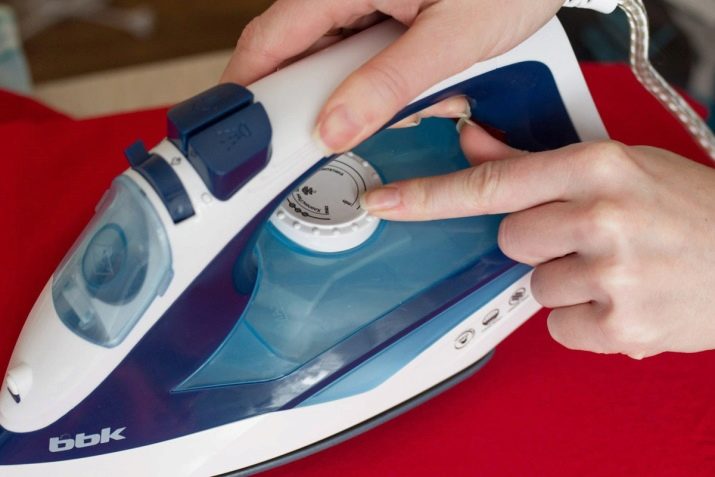What is calico and where is the fabric used?

Mitkal is a simple matter that has been used for more than one millennium as an independent species or a basis for obtaining other materials. The fabric is indispensable in everyday use, widely in demand in many types of products.
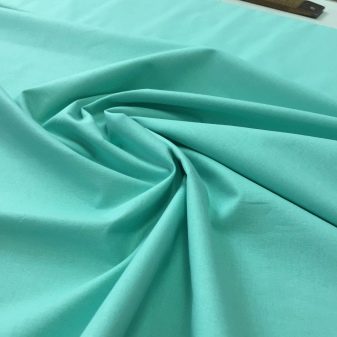
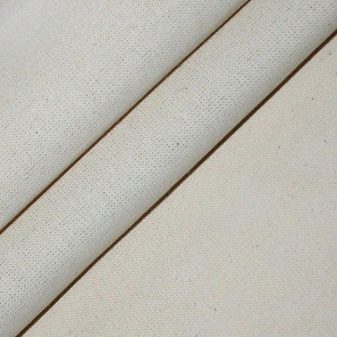
What it is?
Calico is a thin cotton fabric created using a plain weave method. It is quite tough to the touch. Various threads in gray-beige shades are intertwined in it. For subsequent use, the fabric is bleached. A more detailed description of the application is given in the article below.
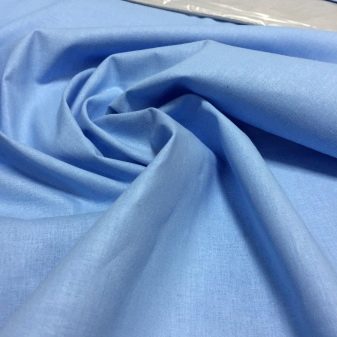
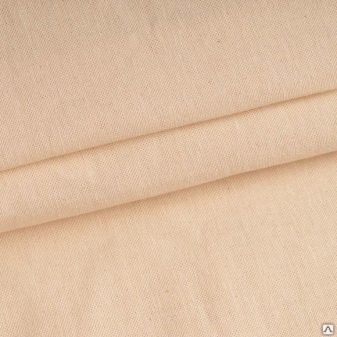
Description and properties
The main advantages of a natural material are its availability, ecological composition and durability. These properties allow it to be used not only in technical fields, but also in the sewing business.
Often there is a harsh fabric with impurities of natural litter. But this is not a reason to consider calico as low-quality products. During production, the canvas is not subjected to chemical cleaning, so it turns out to be more natural and harmless.
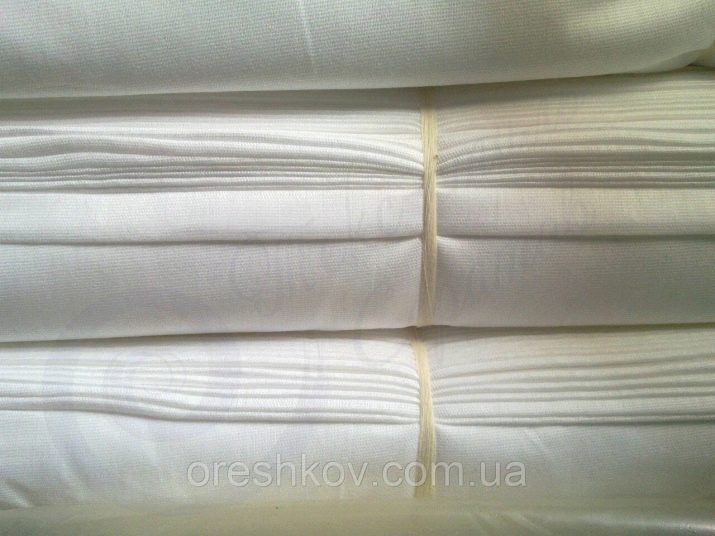
The material absorbs moisture well and allows air to pass through, warming in the cold and preventing the body from overheating in the heat.
Origin story
The story of the origin of the name of matter is noteworthy. The canvas was once so valuable that it was used as a unit of exchange instead of money. The name he was given is no less significant, in honor of a gold coin of a strictly defined weight. The name comes from the Persian word, which in translation means "coin" or "measure of value". By the way, to this day the measure of precious stones is called "calico".The material has proven its value over a thousand years of experience.

India and Pakistan are considered to be his homeland. For a long time, such fabric was imported to Europe from the East. Then this material was very popular, it was traded. Sometimes a valuable commodity replaced money. There is another version about how the name "calico" appeared. It is associated with the name of the geographical area where the production of the material was first started.
In Europe, calico was first produced in England, and in Russia production was established only by the 18th century. Cotton was grown there, and soon this material became the best-selling commodity. Originally Russian variations of matter appeared: kumach - red matter, and kindyak - blue.
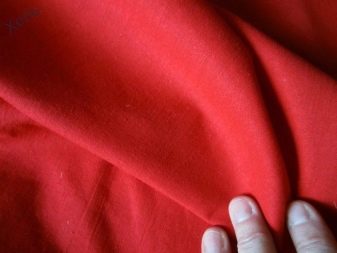
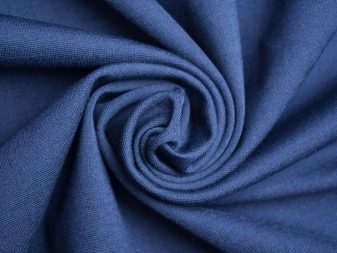
Views
The canvases differ from each other in the method of staining and are of the following types:
- unbleached;
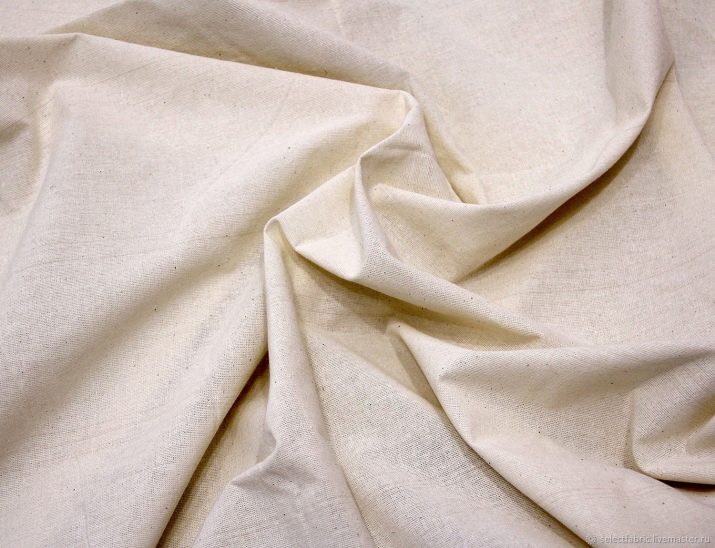
- bleached;
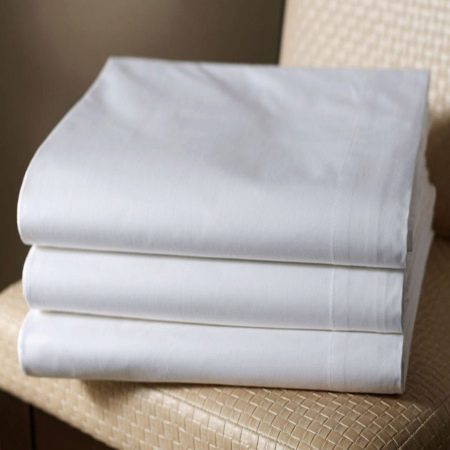
- plain colored;
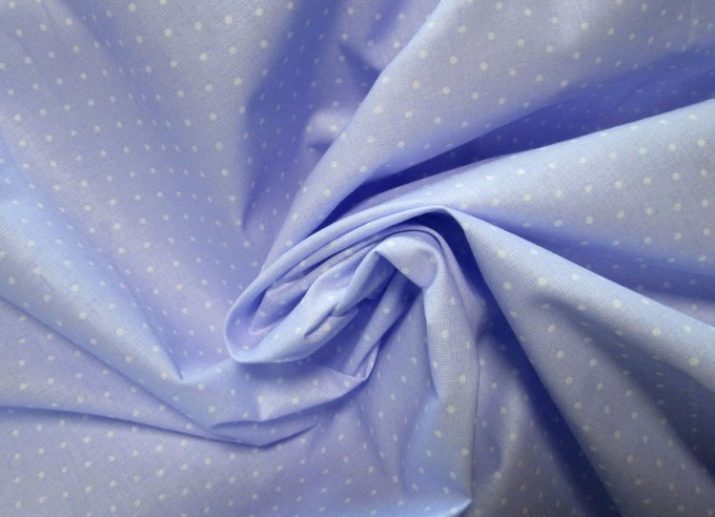
- with a pattern of different types of application.
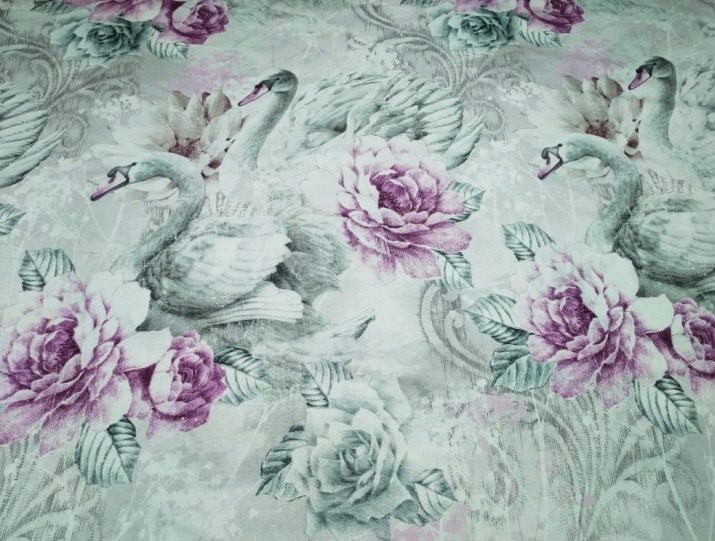
The unbleached version does not differ in external attractiveness and presentability. This material is suitable for cleaning work, for packaging products, and also as a base for leatherette and calico. Patterns are made from it when cutting out clothing patterns, which greatly simplifies sewing. Bleached calico is commonly used in the production of uniforms, shirts, underwear and other wardrobe items.
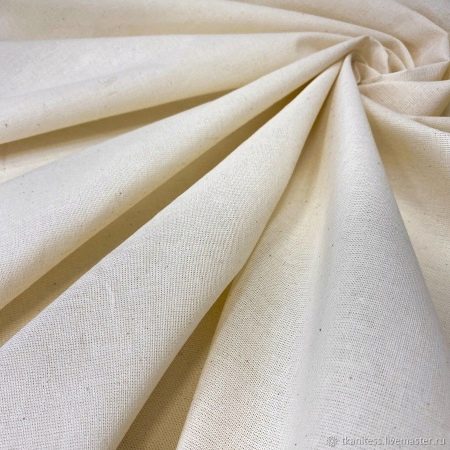
For a plain-colored canvas, a magnificent appearance is characteristic, and its name depends on the color.
Pattern and color are formed in two ways:
- printed;
- cretonne.
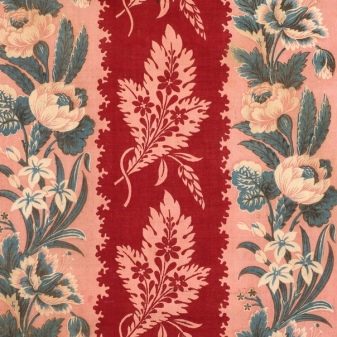

Printed calico is the most popular and demanded way of drawing a pattern. Typically, a printed pattern in the form of an ornament is applied to the material. The most common type of this material is chintz. Cretonne differs in that it consists of multi-colored threads. This type of canvas has a higher cost. It is characterized by high quality, strength and durability. It should be noted that the fabric is subjected to bleaching prior to any dyeing.

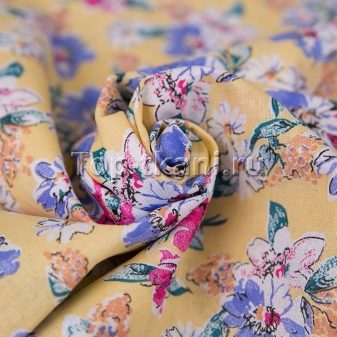
Thus, a unique fabric for the production of complex materials is skillfully obtained from gray calico.
Types of calico differ in the way they are processed:
- muslin;
- calico;
- madapolam.
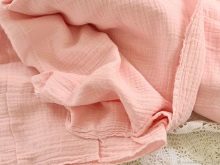
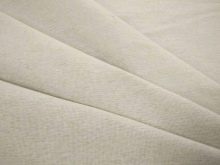
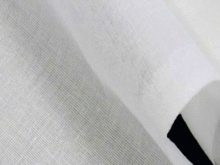
In the production of the calico, special processing is used, due to which special strength and reliability are achieved. Such material is actively used in technical and economic fields. It lends itself well to processing and is resistant to physical and mechanical stress, perfectly tolerates intense loads and is simply irreplaceable in the household and when performing finishing work.
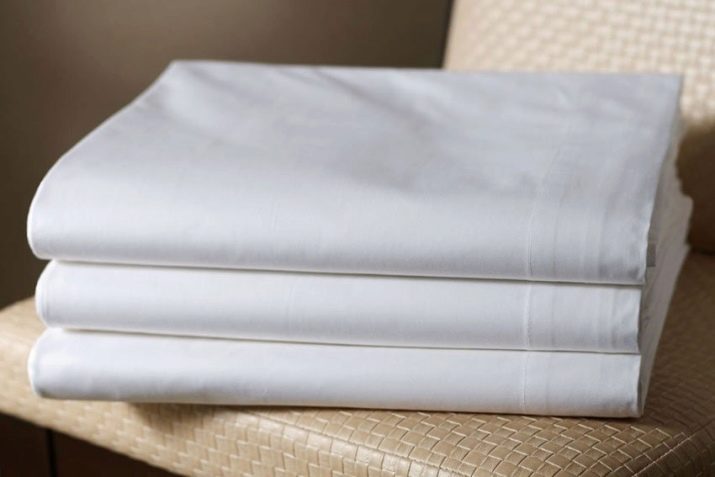
Manufacturers overview
The quality and consumer characteristics of the canvas are also reflected in the exact manufacturer of the cotton fabric. Several manufacturers are especially popular in the domestic textile market.
- "Shuisky Calico". The material from this supplier has a well-deserved demand from buyers and is practical and durable. In terms of density, the material produced from the machines of this factory complies with the GOST standards: 142 g per 1 m2.
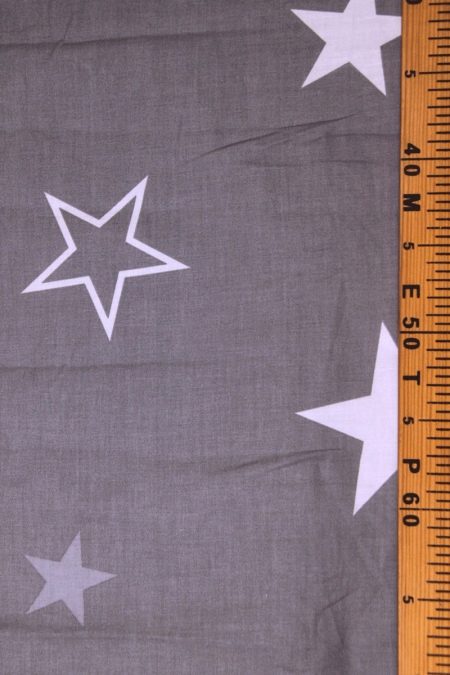
- Textile factory "Ivanovo". A well-known manufacturer of 100% cotton coarse calico of all existing types. Ivanovo textile products are of excellent quality, attractive colors and reasonable prices. The latter factor makes it very popular. "Ivanovo" offers customers a wide range of fabrics.
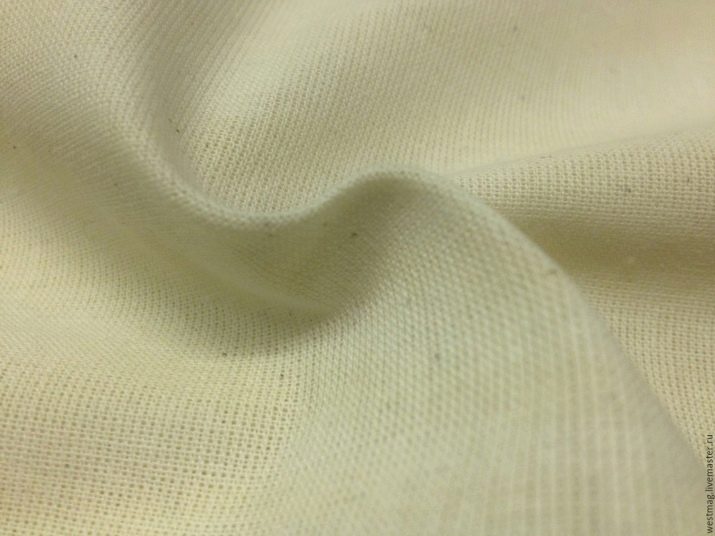
- Turkey is the world leader in the production of cotton fabrics. Turkish coarse calico is a high quality lightweight material, in most cases consisting of 100% cotton or with the addition of 15% synthetics. The fabric is distinguished by brightness, saturated colors. It wrinkles a little, does not fade when washing and wearing, does not roll.

Application
In its original form, calico is rarely used, except for technical needs. Unbleached calico is not very presentable in appearance, it is often used in cleaning for cleaning and packing things. It is convenient to make patterns from this type of calico in the process of creating clothing models, which is often done by professional cutters.
Derivative solutions derived from the base are more commonly used. Bleached cotton linen is used to sew bed linen with excellent characteristics. If the calico is processed in a certain way, then chintz and various linen fabrics such as muslin and madapolam can be obtained from it.
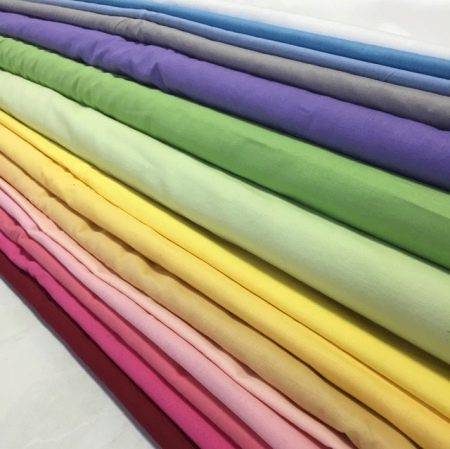
In some cases, a serpyanka based on calico is used in construction, but more often artists' canvases are made from this fabric. Chintz is a favorite in the manufacture of clothing items, including children's wardrobe, bed linen, and some textile items in the interior. Chintz curtains, potholders, aprons and chair covers take root in many kitchens.

Madapolam is a type of calico that has undergone a fairly persistent finishing procedure. Most often, clothes, undershirts, underwear and children's bedding are sewn from non-rigid madapolam. Muslin is a canvas that has undergone processing in the form of mercerization and dressing. The perfect material for making summer clothes, curtains and bedding sets.

Calico is used as elements of a book cover and spine, as well as a lining when sewing clothes.
Often, calico is used to make the seamy part of the oilcloth coating. This allows you to give the finished product greater strength.

Care Tips
Like all natural fabrics, calico is supposed to be stored and transported under certain conditions, protecting the fabric from high humidity and providing it with good ventilation. It is also worth protecting it from exposure to active sunlight, since under the influence of UV it turns yellow and collapses.
For machine wash, the permissible temperature is from 30 to 60 degrees. Also, things are easy to wash by hand. Suitable powders are those that do not contain aggressive components. But it is even better to take funds of a liquid consistency, but you should not use the conditioner.
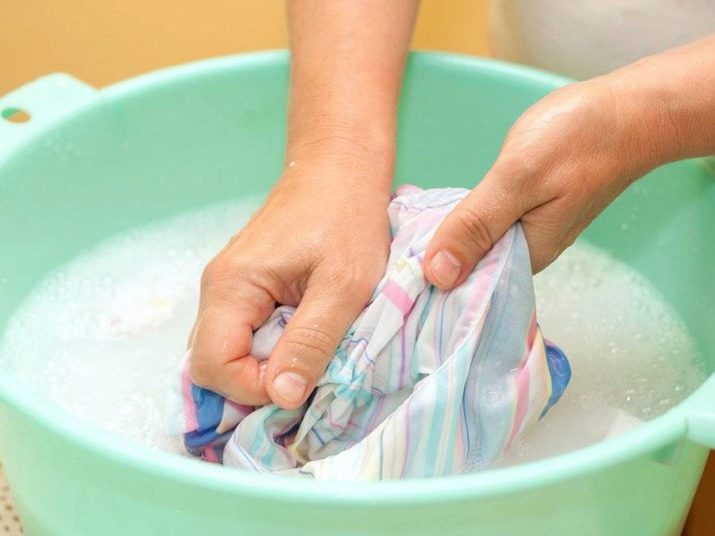
It is necessary to wring out the calico no more than 10 minutes at medium speed. Plain calico should not be washed with other fabrics, as the texture may change or color fade. White material is allowed to undergo delicate bleaching. It is not recommended to give clothes from calico to dry cleaning, since the structure of the fibers may be disturbed. The cotton setting is suitable for ironing. The clothes must first be turned inside out.
